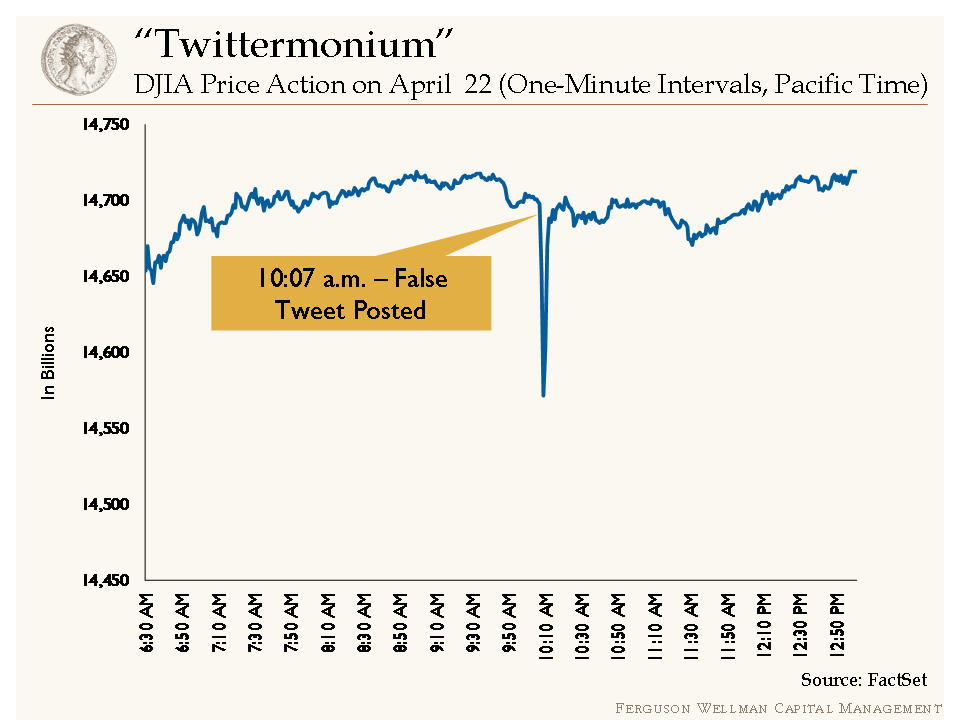 by Ralph Cole, CFA
Senior Vice President of Research
by Ralph Cole, CFA
Senior Vice President of Research
“Fed-watching” is a time-honored tradition among industry insiders who parse every word that the Fed Chairman and his committee utter. While it is entertaining for many, it is also the cause of unnecessary volatility in the bond and stock markets. In his efforts to be as communicative as possible, Fed Chair Ben Bernanke has probably come to realize that people are going to interpret things he says differently, or ways that he might not intend … despite every attempt to be as clear as possible!
Although market action that has been to the contrary, we think the Fed chairman has been very clear in his messaging, which simply has been: If the economy continues to improve, the Fed will likely begin tapering in September. If the economy fails to improve in the coming months, the Fed will continue with QE3. The chairman has bent over backwards to make it clear that he is more afraid of deflation than inflation, and the Fed stands ready to support the economy.
What indicators are we watching? Late last year, the Fed indicated that it was monitoring the unemployment rate and by this measure, 6.5 percent would be the level by which the economy would be considered on sound footing. Currently the unemployment rates stands at 7.6 percent, a good deal away from Bernanke’s threshold.
Where Do We Go from Here?
Our attention turns in the coming weeks to second quarter earnings reports. Estimates are for 4 percent profit growth from the S&P 500. More important than reported earnings, the key to earnings season will likely be company guidance for future quarters.
In particular, we will be listening to companies’ insight on growth in Europe (is it bottoming?), growth in China (is it falling off a cliff?), and U.S. (does the second half look better than the first?). Company projections will go a long way in determining if the S&P 500 can hold recent gains and extend to new all-time highs.
Takeaways for the Week
- Don’t overanalyze Fed commentary; rather, watch employment numbers the first Friday of every month
- Fed commentary has led the market to new highs. It is now up to corporate earnings to take the market to another level
















